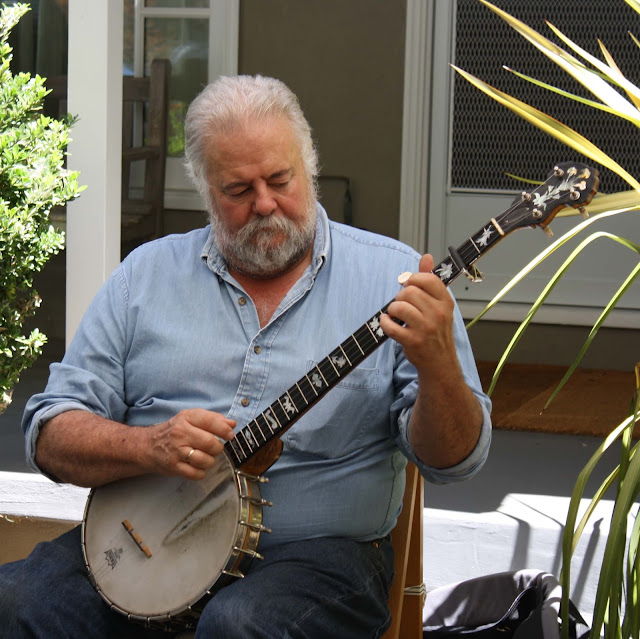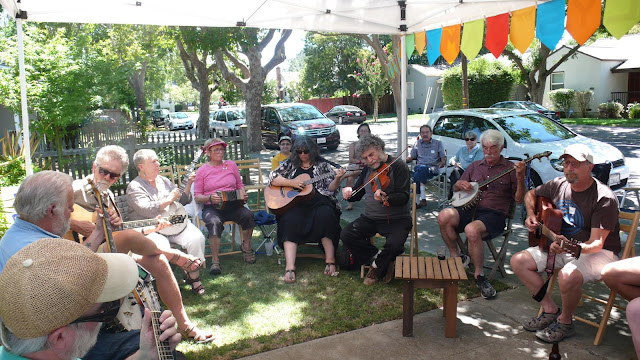Someone asked me how many hours I had logged
under water. Having worked as a commercial diver for some years and a sport
diver much of my adult life I have no idea. We never kept that kind of data.
Time and depth on bottom was a daily consideration but we were not interested
in the hours logged over years as are aviation pilots.
How many hours have I slept in my life? I
am at this writing 86 years old so at 8 hours a night I may have slept one
quarter of million hours. Well that is a very interesting statistic that I
really didn’t care to know. That’s a lot of sleeping and I don’t remember any
of it.
However the thousands of hours spent under water
were most of the time a delight and I was wide awake. Here are some photos taken
during that time in the waters of California, Hawaii, Tahiti, the Caribbean,
Florida, the Bahamas and the Turk and Caicos.
 |
| The reflective surface of the water has always attracted me. |
 Shallow Tahitian Reef |
 |
| Palancar Reef Cozumel Island, Mexico |
 |
| Friend Bill Martinelli shooting video at Palancar |
 |
| Casi collecting coral samples |
 |
| Sea Fans in California waters |
 |
| The bright bits of color are small sponge growths. |
 |
| Cozumel's clarity of water and multitude of sponges is impressive. |
 |
| Hawaiian Spinner Dolphins - We are three we are one! |
 |
| Spinners performing a Dolphin ballet. |
 |
Crashed, abandoned and probably stolen too, a drug
smugglers plane sleeps in the deep..Actually in this case in the shallow waters
of the Bahamas.
|
 |
| Sleeping fish enjoy shelter in one of the many caves of Cozumel. |
 |
| During a night dive in Bora Bora Lagoon we swam with this big fellow. |
 |
| A 15 foot Manta Ray seen here vacuuming plankton for a late dinner. |
 |
| Casi investigating Pipe Organ Sponges |
 |
| On another night dive and we found an octopus that we considered to be |
 |
| Too large for our dinner table. |
When photographing whales under water I used a fast
rubber boat. Once they were sighted I would observe the direction of their path
and motor ahead of them. Stopping the boat and letting it drift I would slip into the water and let them approach me. They
proved to be curious about the stream of air bubbles rising from my regulator but not
fearful of me or my clumsiness. Often they were releasing bubbles of their own
which stream-lined down the huge back and then rose toward the surface. If the female
supported a calf she usually swam just under it gently lifting it with her nose
at times as if reminding it to take air. Often they passed close enough that we
locked eyes and neither they nor I showed any aggressiveness only curiosity.
One
day I was trying without success in get close to a full grown pair. Twice I entered
the water ahead of them but they chose to avoid me. They knew where I was but I
couldn’t see them and they would pass unnoticed. We were getting farther out in
the 'Au'au Channel but I decided to give it one more try. While standing in the
boat and searching the horizon a pod of dolphins suddenly appeared and then the
two humpbacks breached in the middle of the pod. Following for a while it
became apparent that they were swimming together, diving deep and staying down
about 3 to 4 minutes a dive. Goosing the motor to top speed I got well ahead on
the direction their path was taking. Stopping the engine I threw over an anchor
on 60 feet of line, not near enough to reach bottom but it would be my
observation post while awaiting their hoped for arrival and if I swam off too
close with the whales the hanging anchor would be a help in relocating the boat.
While
pulling on swim-fins and swinging the air tank onto my back I checked the horizon
again. Both wind and sea were calm with little chance of the boat drifting
away. The pod was not in sight and I felt that probably it would avoid me again.
Slipping into the gin clear water I followed the line down passed the anchor to
eighty feet. The bottom still wasn’t in sight but this was a good place to wait
and watch from. If they were going as deep as I thought they might I could
close the distance by descending or ascending as needed. Stretched out, relaxed,
just floating, I waited several minutes looking into the dark blue trying to not
think about Tiger Sharks and suddenly there was the pod coming into sight way
down below me. The whales were gliding smoothly while the dolphins blitzed in
circles around them leading the pod on.
Coming
out of my hibernation I descended hoping to cross paths. At 180 feet I leveled
off. The pod was still below me and getting closer and it was apparent that
they would pass under me leaving me with the disadvantage of having to shoot
into the dark. And then good fortune occurred, the lead porpoises turned toward
the surface starting a slow ascent and presenting me with a shot.
We ascended together, they effortlessly although
I couldn’t keep up with their speed.. By the time I got to the surface they
were gone without a goodbye.
This
occurred during 1972 and I had several friends that were enthralled with diving
with whales and they were also out there photographing sometimes. Often we went
together or sometimes Casi went with me to run the boat and she swam with the
whales too. Now there are laws in Hawaii to protect the whales and outlaw boats
from approaching them and that’s a good thing because commercial tourist boats
do often infringe on the birthing and nursing females and calves.
 |
The Whales and Dolphin pod ascending.
All
Photos By Bud Hedrick
I hope you have enjoyed this blog. If so please pass it on
to others.
|














































